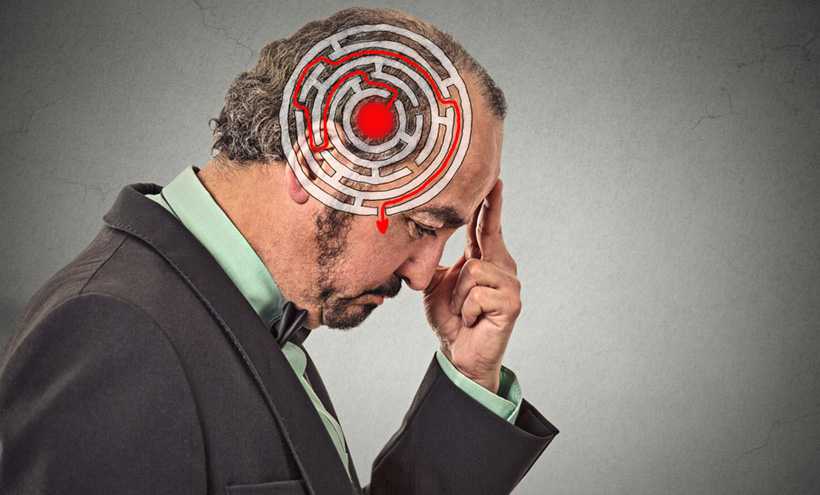

This AI travels with the eye and is not subject to voluntary control or recall. If one watches a color television picture and then turns the eye quickly away from the screen, a brief positive after-image (AI) of the original picture lingers. To demonstrate this positioning of the EI sharing attributes, consider the following example. The eidetic image is favored as the key because it shares some attributes with the other two. As an intermediate link between various imagery levels Īs to determining the key to the criteria for distinctions, some theorists emphasize the study of the after-image while others the memory image and still others the eidetic image. Confusion, rather, occurs during emotional disturbance as in hysteria and schizophrenia, when those affected are unable to distinguish critical parts of their own experience from the other levels of imagery. The criteria spontaneously function with total clarity so the motorist is not confused and responds appropriately. ) Nevertheless, such distinctions are made without confusion in everyday life: a motorist does not respond to a danger signal as if it is merely a dream experience, or a memory of a past event, or a fantasy image.

(See Analysis of Mind by Bertrand Russell, 1921, p. 145. Various types of images correspond at many junctures, making it difficult for psychologists and philosophers to define the criteria for distinguishing between images. Other treatments include that of Leask, Haber, and Haber, who describe the eidetic as “a visual image, representing a previously scanned stimulus, persisting for up to several minutes, and phenomenally located in front of the eyes” (p. 25).ĭavid Marks and Peter McKellar state, “EI can be induced by a number of different methods: 1) by the presentation of an external stimulus (e.g., a picture or a tune) 2) by a thought, suggestion, idea or internal image or 3) by some combination of 1 and 2." Criteria for distinction In more recent uses of the term, vivid memory images have been described as eidetic images (Horowitz, 1970, p. 22), “an exceptionally vivid memory image that occurs immediately after the perception” (Hebb, 1972, p. 242), “the ability possessed by a minority of people to ‘see’ an image that is an exact copy of the original sensory experience” (Kagan & Havemann, 1972, p. 588), the “half-way house to hallucination” (Drever, 1964, p. 80). American psychologist Gordon Willard Allport formulated a similar definition and emphasized the “healthful” structure of the eidetic by stating “definition should be understood to exclude both pathological hallucinations and dream images, and to admit those spontaneous images of phantasy which, though possessed of perceptual character, cannot be said to be literally revivals or restorations of any specific perception.” (Allport, 1924, p. 100) In seeing an eidetic image, definite somatic events as well as a feeling of meaning are also present. The eidetic image is “seen” within the mind or literally seen externally. The eidetic image is not dependent on any prior experience, condition, state, or event. In a more general context, the eidetic can be defined as a normal subjective visual image experienced with noticeable vividness whether evoked by an actual external object or not. In Klüver's words, "the Eidetic Image has been identified in psychological literature as a vision, as a source for new thought and feeling, as a material picture in the mind which can be scanned by the person as he would scan a real current event in his environment, and as a potent, highly significant stimulus which arises from within the mind and throws it into a series of self-revealing imagery effects" (Klüver, 1932 Richardson, 1969 Ahsen, 1977). 2.8 Distinction from hypnotic and hypnagogic image.



 0 kommentar(er)
0 kommentar(er)
